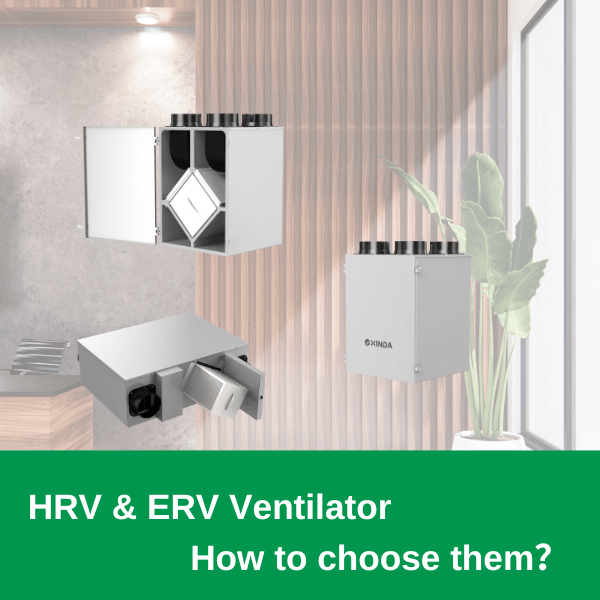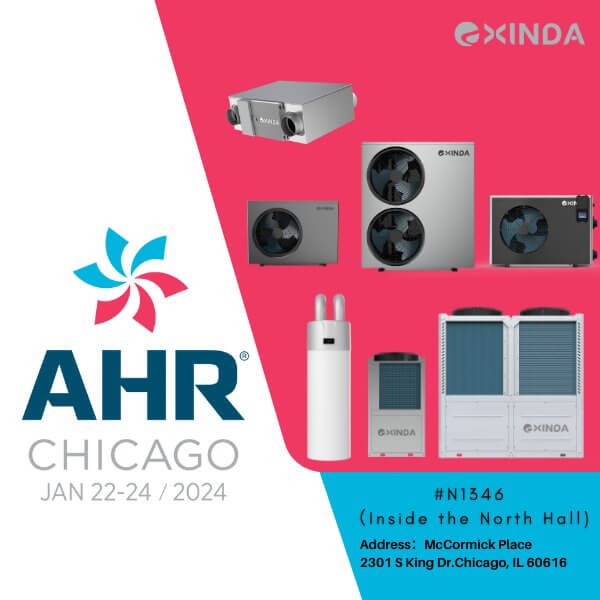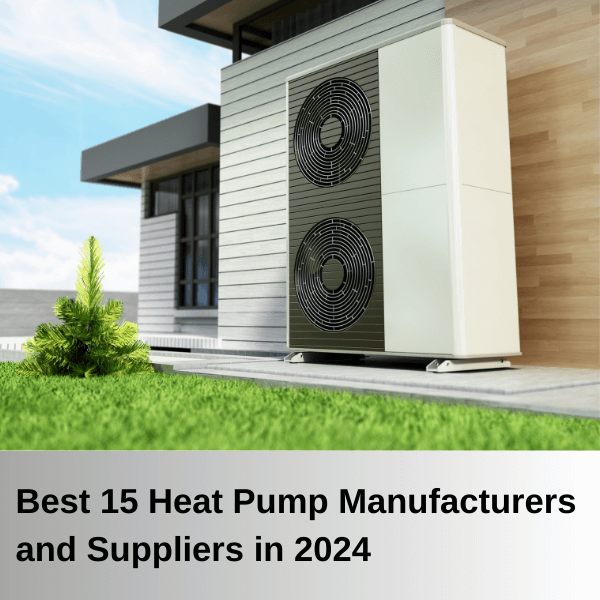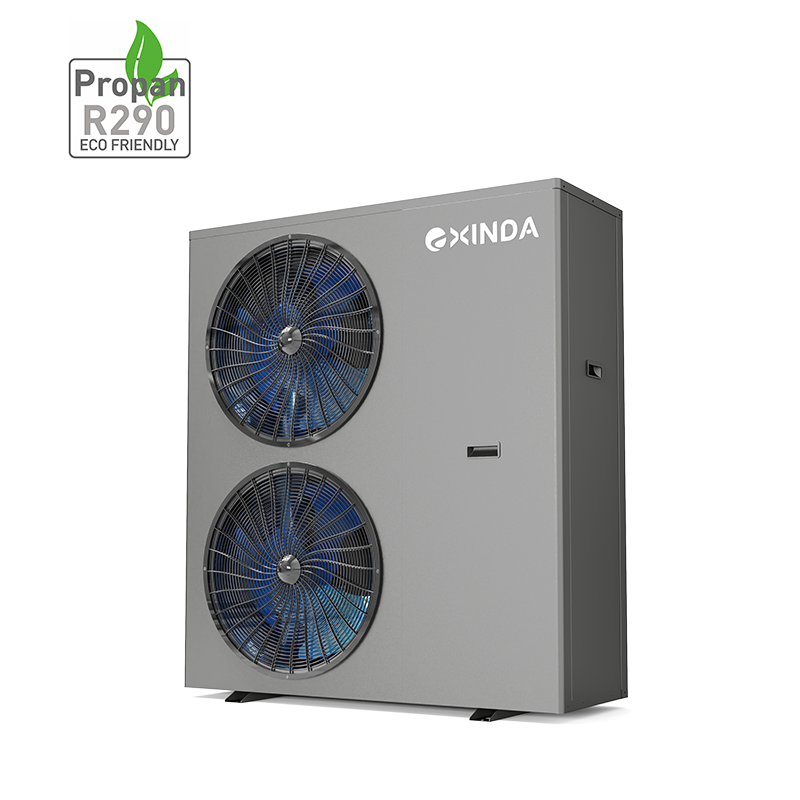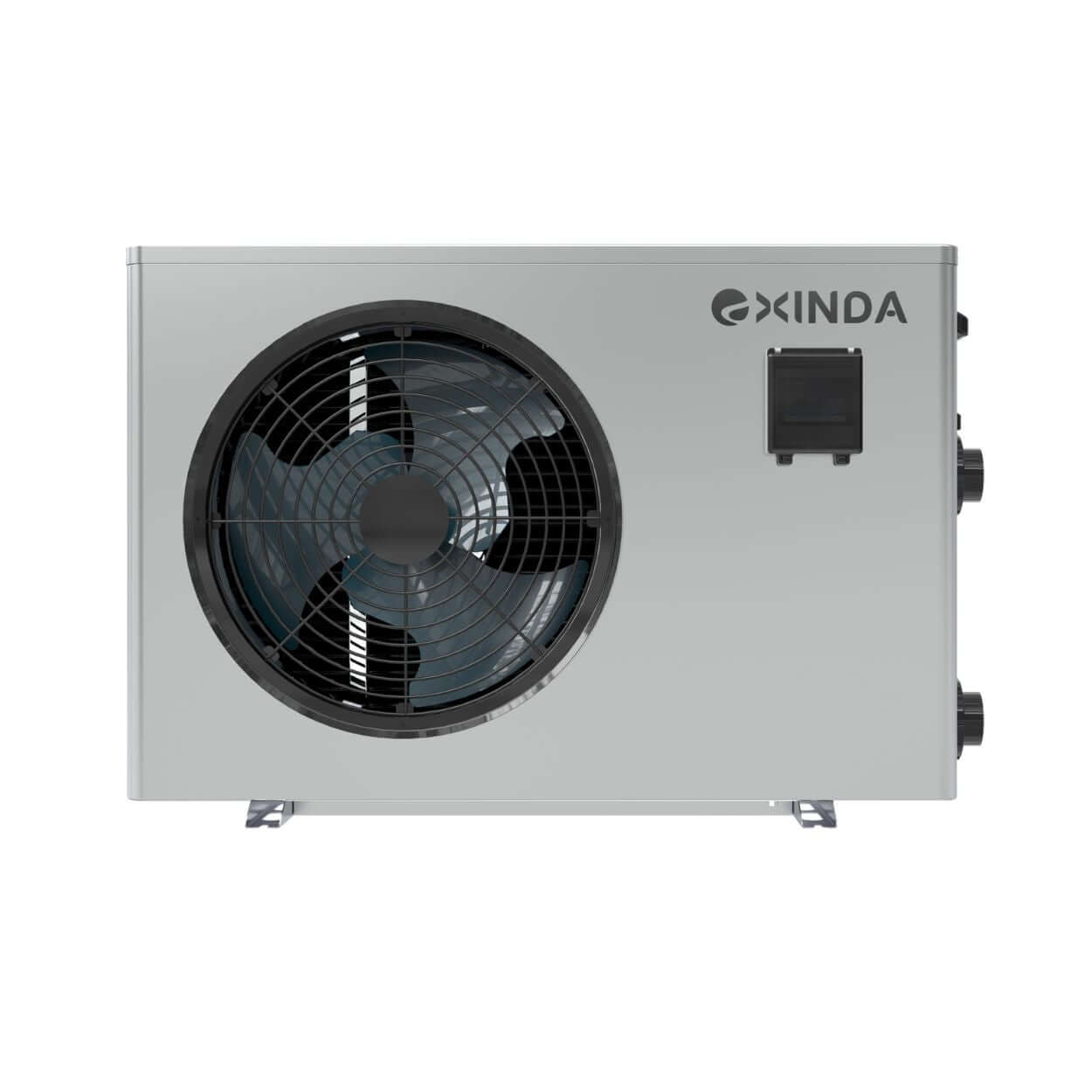
In today's world, where energy efficiency and indoor air quality are paramount, HVAC systems play a vital role in maintaining a comfortable and healthy living environment. Among the various components of an HVAC system, Heat Recovery Ventilation (HRV) and Energy Recovery Ventilation (ERV) systems have gained popularity for their ability to control indoor air quality while minimizing energy loss.
This comprehensive guide will delve into the workings, features, and differences between HRV and ERV ventilation systems. Whether you're a professional in the home appliances field or a residential building contractor looking to make an informed decision, this article will equip you with the knowledge necessary to understand and choose the right options for your needs.
Table of Contents
1.What is Heat Recovery Ventilation?
2.How Does Heat Recovery Ventilation Work?
3.Key Features of Heat Recovery Ventilation
4.What is Energy Recovery Ventilation?
5.How Does Energy Recovery Ventilation Work?
6.Key Features of Energy Recovery Ventilation
7.HRV vs. ERV: Understanding the Differences
8.Factors to Consider When Choosing between HRV and ERV
9.Frequently Asked Questions (FAQs)
10.Conclusion
What is Heat Recovery Ventilation?

HRV, short for Heat Recovery Ventilation, is a ventilation system designed to exchange indoor and outdoor air while minimizing heat loss. It helps maintain a healthy indoor environment by continuously supplying fresh air and exhausting stale air, all while recovering the heat from the outgoing air.
How Does Heat Recovery Ventilation Work?

Heat Recovery Ventilation systems consist of a heat exchanger, fans, filters, and duct work. The heat exchanger is the heart of the system and is responsible for transferring heat between the incoming and outgoing air streams. The fans ensure proper air circulation, while the filters help remove pollutants and allergens from the air.
Heat Recovery Ventilation systems contribute to energy efficiency by recovering heat, expressed as a heat recovery efficiency ranging from 60% to 90%. For instance, if the indoor air is at 20°C and outdoor air at -5°C, an 80% efficient HRV system can precondition incoming air to approximately 16°C, minimizing temperature fluctuations. This not only ensures a pleasant indoor climate but also significantly reduces the energy required for heating or cooling.
Key Features of Heat Recovery Ventilation
- Heat Recovery Efficiency: Heat Recovery Ventilation systems are designed to recover a significant portion of the heat from the outgoing air, typically ranging from 70% to 90%. This efficient heat recovery capability helps reduce energy consumption and lower heating costs.
- Air Filtration: Heat Recovery Ventilation systems are equipped with filters that capture airborne particles, including dust, pollen, and allergens. This feature enhances indoor air quality by reducing the presence of harmful pollutants.
- Humidity Control: Some advanced Heat Recovery Ventilation systems have built-in humidity sensors that automatically adjust the ventilation rate based on indoor humidity levels. This helps maintain optimal humidity levels and prevents issues such as mold growth.
- Noise Reduction: Heat Recovery Ventilation systems are engineered for quiet operation, emphasizing their operation sound level ranging from 30 to 48 dB. To achieve this, several noise reduction features have been incorporated, including insulated duct work, vibration isolation mounts, and low-noise fans.
What is Energy Recovery Ventilation?

How Does Energy Recovery Ventilation Work?
Energy Recovery Ventilation operate on the same principles as HRV systems, with the addition of a moisture transfer mechanism. The heat exchanger in ERV systems not only transfers heat but also allows for the exchange of moisture between the two air streams.
For instance, if the indoor air is at 20°C and outdoor air is at -5°C, an 80% efficient ERV can bring in fresh air at approximately 16°C, reducing temperature differentials. In summer, the system works in reverse, transferring cooler indoor air to the incoming hot outdoor air, thus reducing the load on the AC system. Additionally, ERV can transfer moisture, preventing condensation in winter and aiding humidity control in summer.
Key Features of Energy Recovery Ventilation
- Heat and Moisture Recovery: Energy Recovery Ventilation excels in transferring both heat and moisture. It efficiently recovers up to 80% of the energy from outgoing air, reducing the reliance on additional heating or humidification.
- Humidity Balance: Energy Recovery Ventilation systems are particularly effective in regions with high humidity levels. By transferring moisture from the incoming air to the outgoing air, they help maintain a balanced indoor humidity level, preventing issues like excessive condensation or dryness.
- Energy Efficiency: Similar to Heat Recovery Ventilation systems, Energy Recovery Ventilation systems are designed to minimize energy loss. Energy Recovery Ventilation systems can recover up to 80% of the energy from exhaust air, significantly reducing overall energy consumption .
- Indoor Air Quality: Energy Recovery Ventilation systems incorporate filters that capture airborne pollutants, ensuring the delivery of fresh and clean air to the occupants. This feature contributes to improved indoor air quality and a healthier living environment.
HRV vs. ERV: Understanding the Differences
While HRV and ERV systems share similarities in their operation and purpose, there are key differences between the two that influence their suitability for different scenarios.
- Heat vs. Heat and Moisture Transfer: The primary difference lies in the capabilities of heat and moisture transfer. HRV systems focus solely on heat recovery, while ERV systems excel in both heat and moisture recovery. Therefore, if maintaining a balanced indoor humidity level is a priority, an ERV system may be more suitable.
- Climate Considerations: The choice between HRV and ERV can also be influenced by the climate in which the system will operate. HRV systems are preferable in colder climates, where heat retention is crucial. On the other hand, ERV systems are advantageous in humid climates, where moisture control is essential.
- Application Specificity: HRV systems are commonly used in residential settings, where the focus is primarily on heat recovery and indoor air quality. ERV systems, on the other hand, find greater application in commercial buildings, laboratories, or any environment where humidity control is critical.
- Cost Differences: ERV systems, with their enhanced capabilities, tend to be more expensive than HRV systems.
Factors to Consider When Choosing between HRV and ERV
When selecting between HRV and ERV systems, several factors should be taken into account:
- Climate: Consider the prevailing climate conditions in your region. If humidity control is crucial, an ERV system might be more suitable, especially in high humidity areas.
- Indoor Air Quality Requirements: Assess the specific indoor air quality needs of your space. If reducing pollutants and allergens is a top priority, both HRV and ERV systems can enhance air quality, but ERV systems have an added advantage in humidity control.
- Budget: Determine your budget and weigh it against the cost difference between HRV and ERV systems. Consider the long-term benefits and energy savings that each system can provide.
- Available Space: Evaluate the available space for installation. HRV and ERV systems come in various sizes, and the space requirements may differ based on the specific model and manufacturer.
- Professional Consultation: Seek advice from Exinda teams who can assess your requirements and recommend the most suitable ventilation system for your specific needs.
Frequently Asked Questions (FAQs)
Q1: Are HRV and ERV systems suitable for all types of buildings?
Both HRV and ERV systems can be used in a wide range of buildings, including residential, commercial, and institutional. However, the specific requirements of your building, such as size, occupancy, and climate, should be considered when choosing between the two systems.
Q2: Can HRV and ERV systems help reduce energy costs?
Yes, both HRV and ERV systems have the potential to reduce energy costs. By recovering heat and moisture, these systems minimize the need for additional heating, cooling, and humidification. This energy-efficient operation can lead to significant savings in the long run.
Q3: Do HRV and ERV systems require regular maintenance?
Yes, like any HVAC system, HRV and ERV systems require regular maintenance to ensure optimal performance. This includes cleaning or replacing filters, inspecting the heat exchanger, and checking the fans and motors. Regular maintenance helps prolong the lifespan of the system and ensures efficient operation.
Q4: Can HRV and ERV systems eliminate indoor air pollutants?
While HRV and ERV systems incorporate filters that capture airborne pollutants, they cannot eliminate all indoor air pollutants on their own. To maintain a healthy indoor environment, it is important to combine ventilation systems with proper cleaning practices, regular dusting, and the use of additional air purification methods if necessary.
Q5: Can HRV and ERV systems be integrated with smart home technology?
Yes, many HRV and ERV systems can be integrated with smart home technology. This allows for remote control and monitoring of the ventilation system, as well as the ability to adjust settings based on occupancy patterns or indoor air quality readings. Check with the manufacturer or Installation professional for compatibility and options.
Conclusion
|
HRV System Suitable for |
ERV System Suitable for |
|
Cold climates, energy efficiency |
Humid climates, control humidity |
|
Fresh indoor air, air quality |
Balanced indoor humidity |
|
Allergy and pollution sensitivity |
Heat preservation during ventilation |
|
Humidity control, prevent dampness |
Allergy and pollution sensitivity, especially in high humidity |
In conclusion, HRV and ERV ventilation systems offer efficient solutions for maintaining indoor air quality while minimizing energy loss. Whether you choose an HRV or ERV system, both can enhance indoor air quality and provide a comfortable living environment.
About Exinda
Exinda Heat Pump, HRV & ERV Ventilator manufacturer
Exinda, a leading manufacturer in the heat pump industry, offers a complete supply chain and specializes in various air source heat pump units for residential & commercial,heating & cooling use, as well as HRV & ERV ventilation systems. With OEM/ODM services and a focus on energy-saving solutions, Exinda incorporates advanced technologies such as variable frequency and environmentally friendly refrigerants.
With the 60,000m² factory, efficient production and delivery are ensured, supported by a dedicated service team. Committed to corporate social responsibility, Exinda actively pursues opportunities for greener energy solutions.

